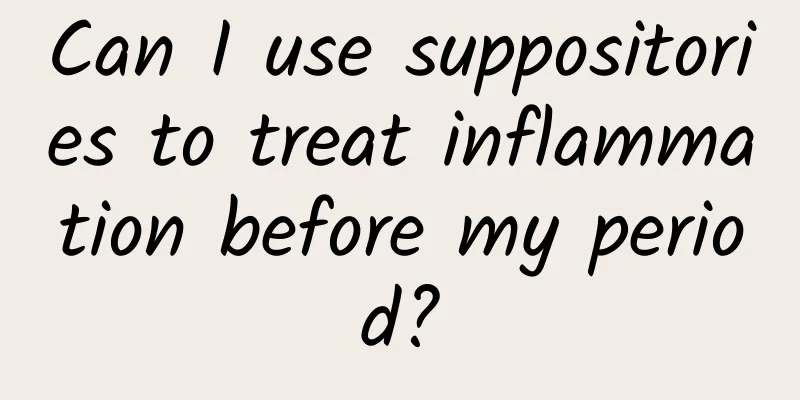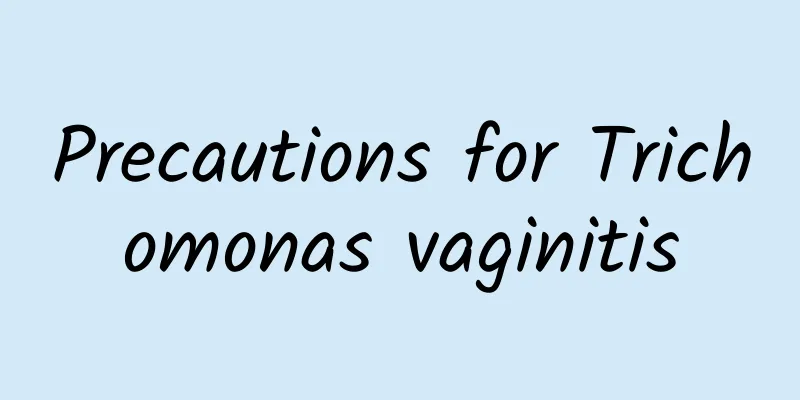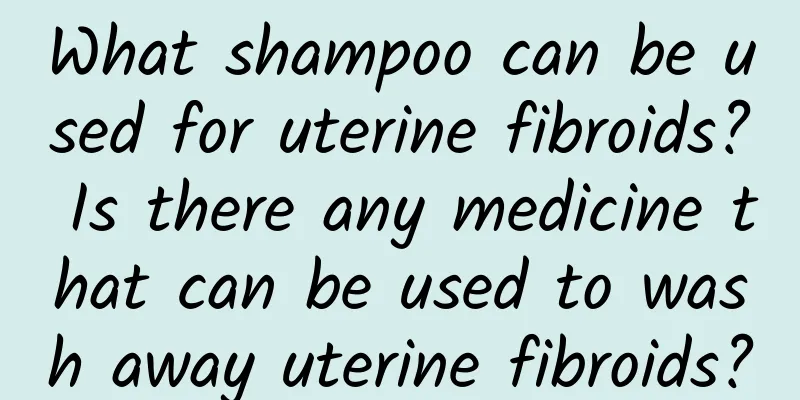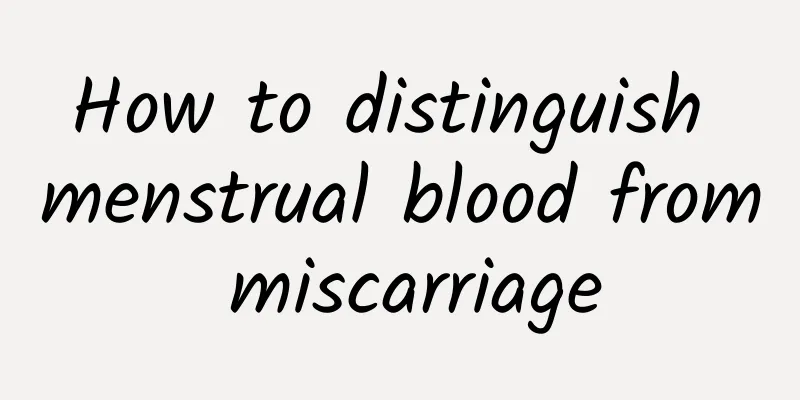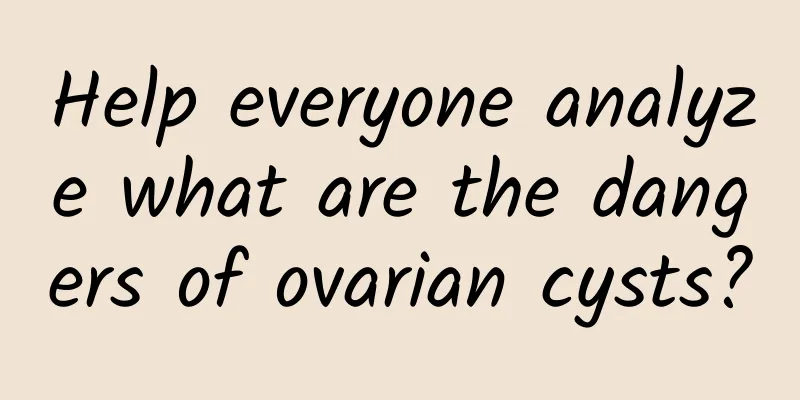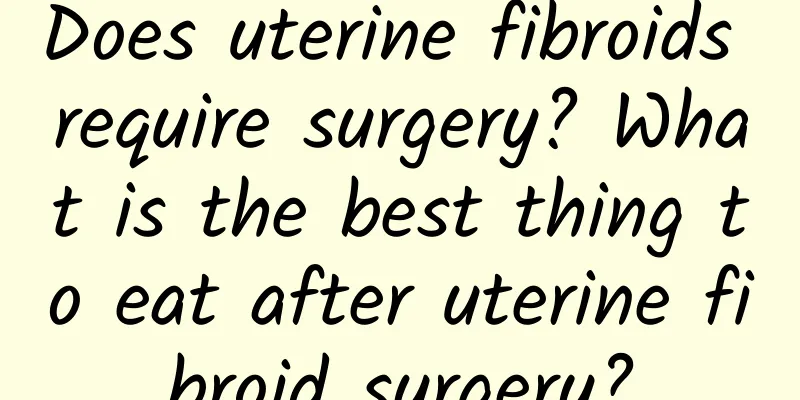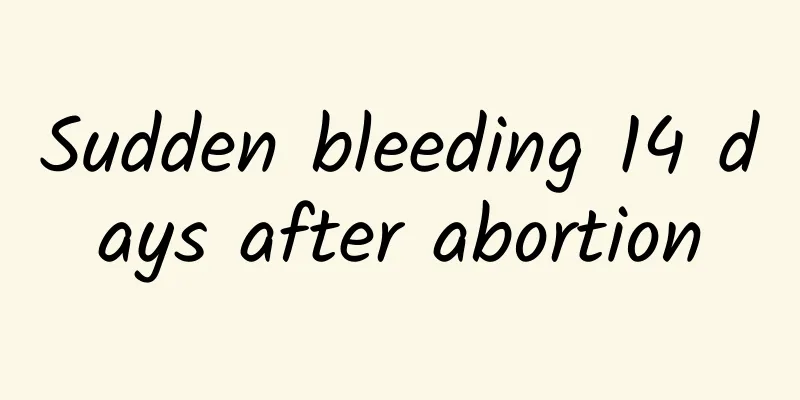How to treat uterine fibroids? Conservative treatment of uterine fibroids
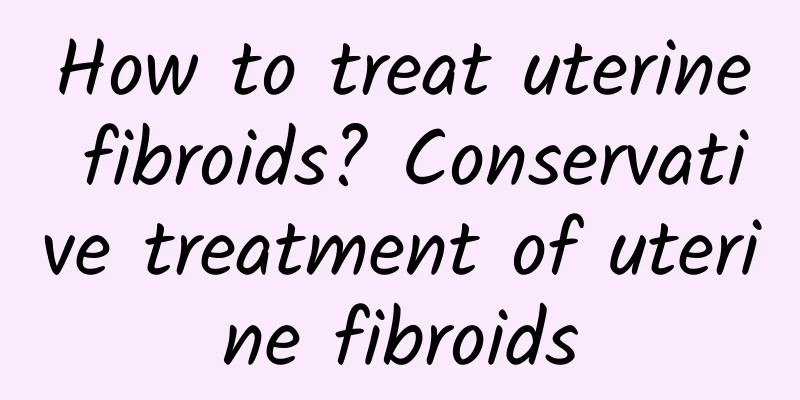
|
Uterine fibroids are the most common benign tumors of the female genitalia. Studies have found that about 20% of women aged 30 to 50 suffer from uterine fibroids, and there has been an increasing trend in recent years. Although uterine fibroids are benign tumors, most symptoms are not obvious, but if they are not discovered in time, they will endanger multiple organs of the body and cause infertility, so early prevention and early treatment are very necessary. So, what is the treatment for uterine fibroids? Uterine fibroids are divided into surgical treatment and conservative treatment. Doctors mainly consider the patient's age, fertility requirements, clinical symptoms, size and location of the fibroids to develop a treatment plan. Surgical treatment may be considered in the following cases: If the uterus is enlarged beyond 3 months of pregnancy, or there are obvious compression symptoms, or menorrhagia, leading to secondary anemia, then there are surgical indications. Young infertile women with fibroids can be treated conservatively if there are no obvious symptoms and the pregnancy is less than 3 months. At present, the more reliable method of diagnosing uterine fibroids is to combine gynecological internal examination with B-type ultrasound examination, which is simple and painless. Conservative treatment is a relatively safe treatment method, including drug therapy, which can be selected from: 1. Guizhi Fuling Capsule: Mainly used for lumps, amenorrhea, dysmenorrhea, and postpartum lochia caused by blood stasis in women. Uterine fibroids, chronic pelvic inflammatory masses, dysmenorrhea, endometriosis, and ovarian cysts with the above symptoms. 2. Dangui Capsule: Mainly used for promoting blood circulation and removing blood stasis, softening and dispersing nodules. Used for uterine fibroids, pelvic inflammatory masses, qi stagnation and blood stasis, with symptoms of lower abdominal distension and pain, lumbar pain, multiple bands, anal swelling, dark tongue and blood stasis. 3. Guizhi Fuling Wan: The main ingredients are cinnamon twig, Poria, peony bark, red peony root, peach kernel. It can promote blood circulation and remove blood stasis, and eliminate symptoms. It is used for amenorrhea, abdominal pain, and postpartum lochia with symptomatic clots or blood stasis. |
<<: How to treat small uterine fibroids? Diet therapy for small uterine fibroids
>>: How to treat uterine fibroids? The main treatment methods for uterine fibroids
Recommend
What to do when applying a facial mask? Teach you how to do small exercises
It must be hard to exercise every day! As long as...
Is Bulletproof Coffee a Magic Tool for Weight Loss? Nutritionist: If you want to lose weight quickly with a ketogenic diet, be careful of these hidden landmines
The "Bulletproof Coffee" craze, which i...
What should I do if my menstruation is irregular after miscarriage?
What should I do if my menstruation is irregular ...
Methods for inducing ovulation in patients with amenorrhea
For amenorrhea patients who desire fertility and ...
Do ovarian cysts require surgery to heal?
Do ovarian cysts require surgery to heal? 1. Ovar...
How to care after ectopic pregnancy surgery?
How to take care of an ectopic pregnancy after su...
The harm of menopause can affect future generations
In life, many female friends are very sensitive w...
Several health tips for adnexitis
Suffering from adnexitis is very harmful to women...
What are the causes of uterine fibroids? What are the predisposing factors of uterine fibroids?
Gynecological diseases are hated by many women, e...
Irregular menstruation causes are easy to find and treat
Many women often experience delayed menstruation....
Reasons for delayed menstruation What should I do if my menstruation is delayed for 7 days and still hasn't come?
If a woman's menstruation is delayed, there m...
Etiology of endometrial tuberculosis
What is the cause of endometrial tuberculosis? En...
What are the clinical characteristics of irregular menstruation?
There are many manifestations of irregular menstr...
Symptoms of uterine fibroids that need to be explained in detail
The symptoms of uterine fibroids need to be under...
What is the best way to treat uterine fibroids? What are the types of uterine fibroids?
Uterine fibroids Uterine fibroids are a type of m...
